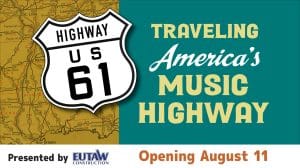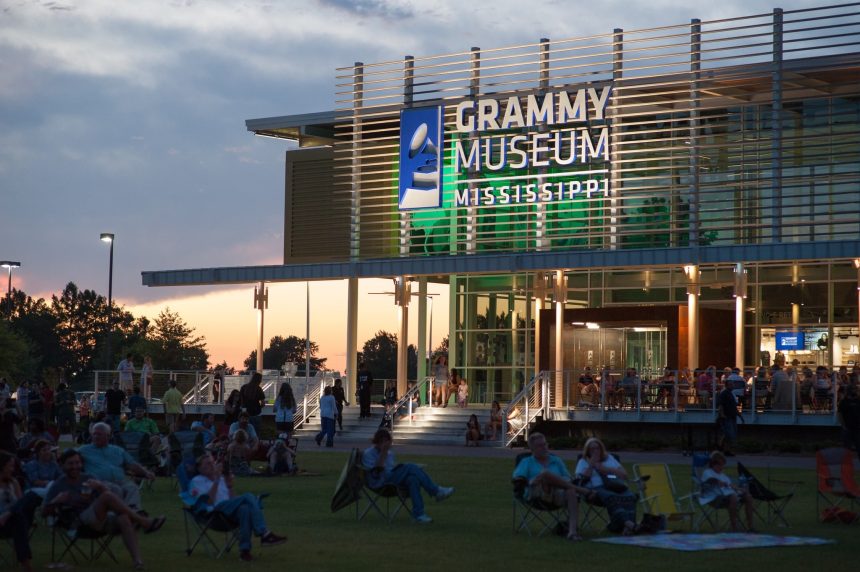GRAMMY Museum Mississippi will be debuting a new exhibit in August titled Highway 61: Traveling America’s Music Highway, which will take visitors on a journey down what could be considered music’s most important road.
The first-of-its-kind exhibit is set to feature iconic artifacts from artists like Muddy Waters, Ann Peebles, Dr. John, Bobby Rush, Conway Twitty, and more, along with artist interviews, interactive experiences, and a Juke Joint.

“Passing through Tunica and Clarksdale through Cleveland, Vicksburg, and Natchez, Highway 61 carries incredible stories that have shaped much of music history, especially the blues,” Emily Havens, Executive Director of GRAMMY Museum Mississippi, explained. “We can’t wait to share these stories with our visitors through this first-of-its-kind exhibit.”
In addition, the exhibit will include a section dedicated to the celebration of the Recording Academy Memphis Chapter’s 50th anniversary, highlighting key moments from the Chapter’s history.
“While Highway 61 stretches from Louisiana to Minnesota, Mississippi’s part of Highway 61 is arguably the most iconic,” Jon Hornyak, Sr. Executive Director of the Recording Academy’s Memphis Chapter, stated. “Its passage through Mississippi’s Delta region is what gives Highway 61 its widely known moniker, the Blues Highway.”
Famously known as the Blues Highway, Highway 61 has seen countless African American migrants escaping the Jim Crow system and changing agricultural patterns in the Mississippi Delta and Deep South, known as the Great Migration.
When World War II created shortages in labor, Highway 61 served as the primary road for thousands of African Americans who were fleeing the South to live in cities like Chicago, Detroit, St. Louis, and Philadelphia.
Highway 61 has also played a pivotal role in Mississippi blues history. It is said that Robert Johnson sold his soul to the devil at the intersection of Highways 61 and 49 in Clarksdale.
Additionally, in 1941 a sharecropper named McKinley Morganfield sat down for a recorded interview with John Work and Alan Lomax in Clarksdale.
After he heard his voice and guitar played back for the first time, Morganfield left the Delta and traveled the Illinois Central Gulf rail line, which paralleled Highway 61, to Chicago where he changed his name to Muddy Waters.
The exhibit will be on display at the museum in Cleveland through 2024.








